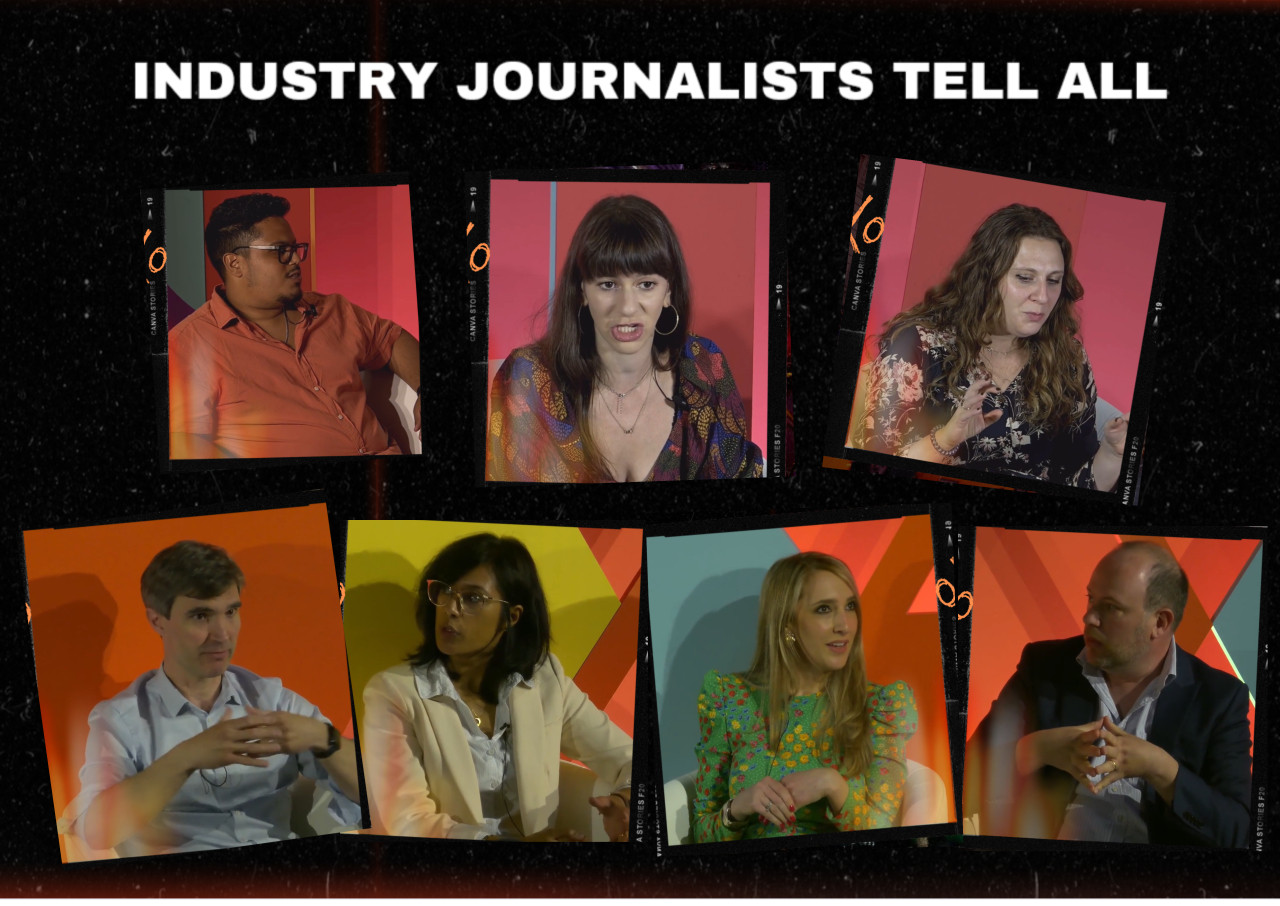
As an agency dedicated to building client reputation and growth through telling their stories we think it is important that they hear from one of the important channels for telling those stories – the media.
Just how can PR and comms practitioners work in a more constructive way with journalists to not only ensure great coverage but storytelling that is meaningful and relevant for the target media?
The best way to find out is to turn the tables and ask the journalists themselves what they want. We did this with our special panel sessions at Advertising Week London and Advertising Week New York.
In London Group Director of Content Branwell Johnson sat down with Gideon Spanier, UK editor-in-chief at Campaign, Daniel Thomas, Global Media Editor, at the Financial Times, Shona Ghosh, Deputy Executive Editor at Insider UK and Lucy Tesseras, Managing Editor at Marketing Week
In New York Propeller VP U.S. Mary Cirincione discussed the issues with Brian Bonilla, Agency Reporter at Ad Age, Emma Goldberg, Business Reporter at The New York Times and Alison Weissbrot, Editor-in-Chief of Campaign U.S.
Here are nine takeaways for all to consider when trying to engage with the media.
- Ask yourself what does your release on a new hire or campaign “mean for the broader world that we live in?” Try to tie a story back to a bigger business of societal trend.
- If you are claiming an innovative breakthrough in tech or media show how it helps businesses become better.
- Understand the deeper levels of the story. Journalists are rarely satisfied with the information that’s just in the press release. “A mistake is sending a press release and thinking ‘that’s it’. Some of the best PR people are informed on the topic they are pitching.”
- Take time to build a relationship with the journalist – say ‘hi’ at an event or try to grab a coffee.
- But understand journalists are very busy. Respect when ‘no’ is the answer and understand the context in which they operate. Instant responses are rare – for exclusives give them enough time to read, digest and then respond.
- But exclusives still matter and are welcomed – they show the publication is a step ahead on the subject.
- Learn what form of communication the particular journalist you want to reach prefers. One might say “calling is good” while another says, “never call me – no voice notes.”
- Understand who you are talking to – “The most important thing is understanding who you are speaking to. When things are copy and pasted it’s very obvious.”
- Try to provide new voices, both younger members of staff and more diverse voices, to the media. “When pitches reflect that effort to bring in diverse voices, that’s something I really appreciate.”
And to sum up, as Brian Bonilla of Ad Age stressed, why are you telling the story now?
“AI is like the big topic, right? But now that it’s been written about so many times, what’s the new lens that you’re going to put on it? You don’t want to have the same opinion or same thought [presented] over and over again.” In other words, you need that extra something to give your story and lift and put it on the consideration list of the commissioning editor or reporter.
Watch the full panel from AWE23 here, and AWNY23 here.